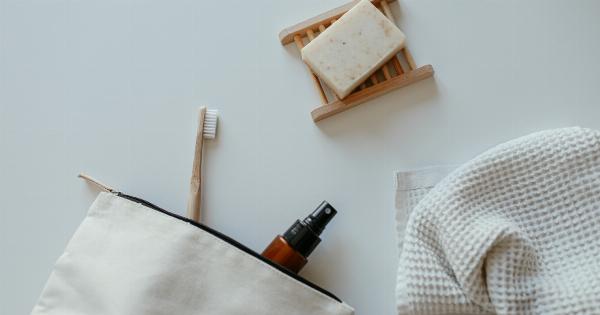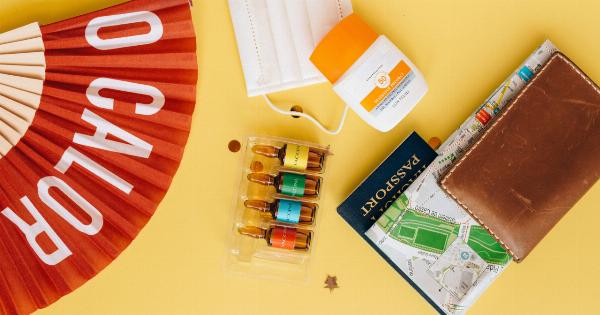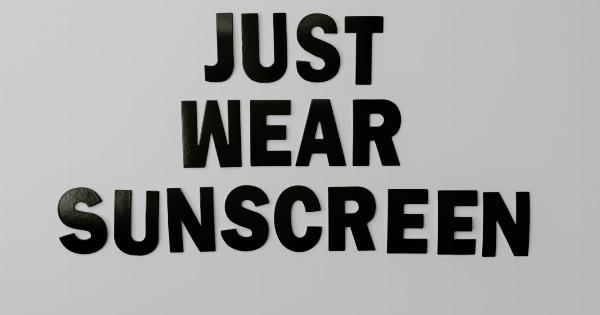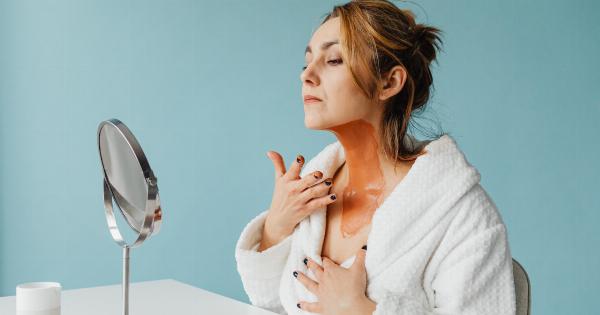When was the last time you rummaged through your bathroom cabinet and discovered a forgotten old bottle of shampoo or a half-used tube of toothpaste? It’s not uncommon for toiletries to expire and go unnoticed, but what does it mean when they do? In this article, we will explore the topic of expired toiletries and how long you should keep them for.
Understanding Expiration Dates
Before delving into the specifics, it’s essential to understand what expiration dates on toiletries actually mean. Unlike food products, toiletries do not usually spoil or become unsafe to use after their expiration date.
Instead, these dates indicate the period during which the manufacturer guarantees the product’s optimum quality, effectiveness, or freshness.
However, it’s important to note that some products, particularly those containing active ingredients like sunscreen or acne treatments, may lose their potency over time, making them less effective.
Additionally, using expired products can increase the risk of irritation, allergies, or infections, especially for those with sensitive skin.
The Shelf Life of Common Toiletries
Now, let’s discuss the typical shelf life of various toiletry items and when you should consider replacing them:.
1. Shampoo and Conditioner
These hair care staples usually have a shelf life of around two to three years. However, factors like exposure to heat or humidity can affect their longevity.
If you notice changes in the consistency, color, or smell of your shampoo or conditioner, it’s time to replace them.
2. Body Wash and Soap
Most body washes and soaps can last up to three years when stored properly. However, if the soap develops an off-putting odor or becomes slimy or discolored, it’s best to get rid of it to avoid any potential skin irritations.
3. Toothpaste
Toothpaste usually retains its effectiveness for up to two years. However, it’s important to regularly check the consistency, color, and taste of the product.
If any noticeable changes occur, such as the toothpaste becoming dry or discolored, play it safe and purchase a new tube.
4. Deodorant and Antiperspirant
The average shelf life of deodorant and antiperspirant sticks ranges from two to three years. However, if you notice any changes in texture, odor, or effectiveness, it’s wise to invest in a new product.
5. Moisturizer and Lotion
Moisturizers and lotions typically last for about one to three years, depending on the formulation and ingredients. However, any changes in smell, texture, or effectiveness should be a signal to replace them.
6. Sunscreen
Sunscreen plays a vital role in protecting our skin from harmful UV rays. However, it tends to lose its potency over time.
Most sunscreens have a shelf life of one to three years, so it’s crucial to check the expiration date and discard any expired sunscreen. Using outdated sunscreen can lead to sunburn and skin damage.
7. Makeup Products
Makeup items, including foundation, mascara, eyeshadow, and lipstick, also have expiration dates. Regularly replacing these products ensures optimal performance and minimizes the risk of skin infections or irritations. Here are some general guidelines:.
– Foundation: Liquid foundations typically last for six to twelve months, while powder foundations can last up to two years.
– Mascara: Replace mascara every three to six months to prevent eye infections.
– Eyeshadow: Powder eyeshadows generally last up to two years, but cream eyeshadows can dry out sooner.
– Lipstick: Lipsticks keep well for around one to two years, but if they start to smell strange or change in texture, it’s time to part ways.
8. Perfume and Cologne
Perfumes and colognes are known for their long shelf life. Properly stored fragrances can last up to five years or even longer.
Nevertheless, the scent of a perfume may change over time, so it’s always a good idea to give it a sniff before applying it.
Storing Toiletries for Extended Longevity
While understanding the expiration dates of toiletries is crucial, proper storage can also significantly extend their overall lifespan. Here are some tips to maximize their longevity:.
1. Keep Away from Heat and Sunlight
Exposure to heat and sunlight can accelerate the deterioration of many toiletry products. Store them in cool, dark areas, such as linen closets or drawers, away from direct sunlight or excessive humidity.
2. Secure Lids and Closures
Properly sealing product containers can prevent air from entering and reduce the chances of contamination. Ensure that all lids and closures are tightly secured after each use.
3. Avoid Using Fingers
When possible, use clean applicators or tools to extract products, such as cosmetic spatulas or scoops. This practice helps minimize bacterial growth inside the container.
4. Understand Pump Dispenser Lifespans
Products with pump dispensers typically have a longer lifespan due to the reduced exposure to air and contaminants. However, manufacturers usually recommend replacing the pump after six to twelve months to maintain product quality.
Conclusion
Expired toiletries may not pose immediate health risks, but their effectiveness can diminish over time.
Understanding the approximate shelf life of different toiletry items and being mindful of any noticeable changes in texture, smell, or consistency can help you decide when it’s time to replace them. By regularly auditing your bathroom cabinet and following proper storage practices, you can ensure that your toiletries are both safe and efficient when you need them.





























